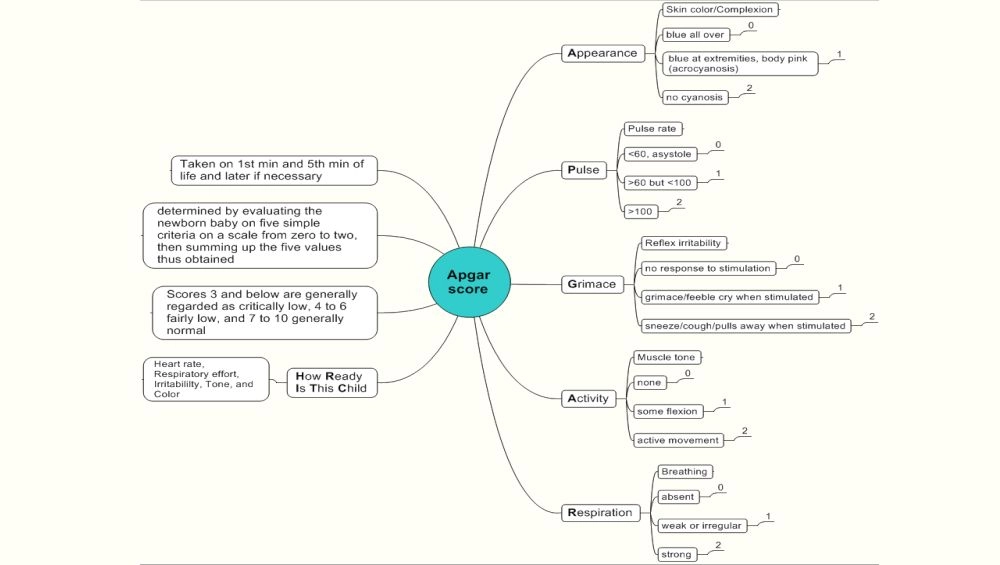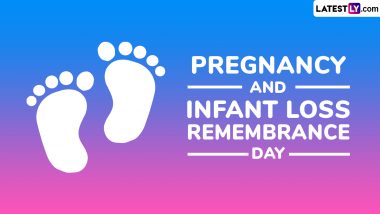Today, June 7, 2018 is American obstetrical anesthetist Dr. Virginia Apgar’s 109th birth anniversary. Born in 1909, Dr. Apgar who nursed a love for science and medicine was a round peg in a square hole since she was raised in a family of musicians. Many of us may be acquainted with her name for the very first time today, thanks to the Google Doodle made in her honour. But Dr. Apgar’s invaluable contribution to the medical field had helped transform infant health worldwide. She invented the Apgar score, a method that helped gauge the health of newborn children, in 1952. And today, more than a half century later, the score is still a pertinent factor in predicting whether the newborn child will survive or not.
What Is The Agpar Score?
Dr. Apgar proposed a score system in 1952 to evaluate the clinical status of a newborn at one minute of age. The score will help doctors take prompt action to help the child breathe, in case there is anything abnormal detected. The system evaluates five easily-identifiable components: heart rate, respiratory effort, muscle tone, reflex irritability and colour. It’s represented by a backronym based on the inventor’s name APGAR, where A stands for Appearance, P for Pulse, G for Grimace, A for Activity and R for Respiration.

Another mnemonic How Ready Is This Child also helps in remembering the components, where H stands for Heart rate, R for Respiratory effort, I for Irritability, T for Tone and C for Child.
How Are Infants Evaluated According to The Apgar score?
The test is done at one minute after the child’s birth and then later at 5 minutes. It can then be repeated at 10th, 15th and 20th minute if the condition of the child shows on improvement.
Each component is assigned scores ranging from 0 to 2. A total score of more than 7 or higher indicates that the condition of the child is good. If the score is between 4 and 6, is fairly low. Anything below that is critically low and calls for immediate intervention.
A- Appearance
The first component corresponding with the A (appearance) of Apgar is Colour. A score of 2 is given if the child’s colour is ‘Completely Pink’, 1 if the child’s colour is predominantly pink with pale or blue limbs and 0 if the child looks blue or pale.
P-Pulse
The second indicator of the child’s health is Pulse. Anything more than 100 is given a 2 score, below 100 is given a score of 1 and 0 if the heart rate is absent.
G-Grimace
Grimace refers to reflex ability of the child. If there is a prompt response to stimuli, a 2 score is given, minimal response like a grimace is given a score of 1 and 0 if there is no response.
A- Activity
If the child exhibits active movements like crying or withdrawal, a score of 2 is given. If the child shows flexing of arms and legs, a score of 1 is given. And if there is no activity at all, 0 score is given.
R-Respiration
A crying new-born is a good indicator. A score of 2 is given if the child starts crying vigorously. A score of 1 means the infant’s breathing is slow and irregular. And a score of 0 means there’s no respiration.
Before Dr. Apgar started the scoring system, new-borns who were pale and small, with breathing trouble was labelled erroneously as stillborns. There was no official protocol to save the child from death. With the Apgar score, that gap was levelled, helping doctors act on time to save the infant’s life.
The best part about the Apgar score is its simplicity, which is only superseded by its effectiveness. Today, Dr. Apgar’s contribution has revolutionised neonatal health. The Apgar score has helped standardise a process to understand new-borns’ health, saving millions of lives worldwide.
(The above story first appeared on LatestLY on Jun 07, 2018 11:25 AM IST. For more news and updates on politics, world, sports, entertainment and lifestyle, log on to our website latestly.com).













 Quickly
Quickly





















